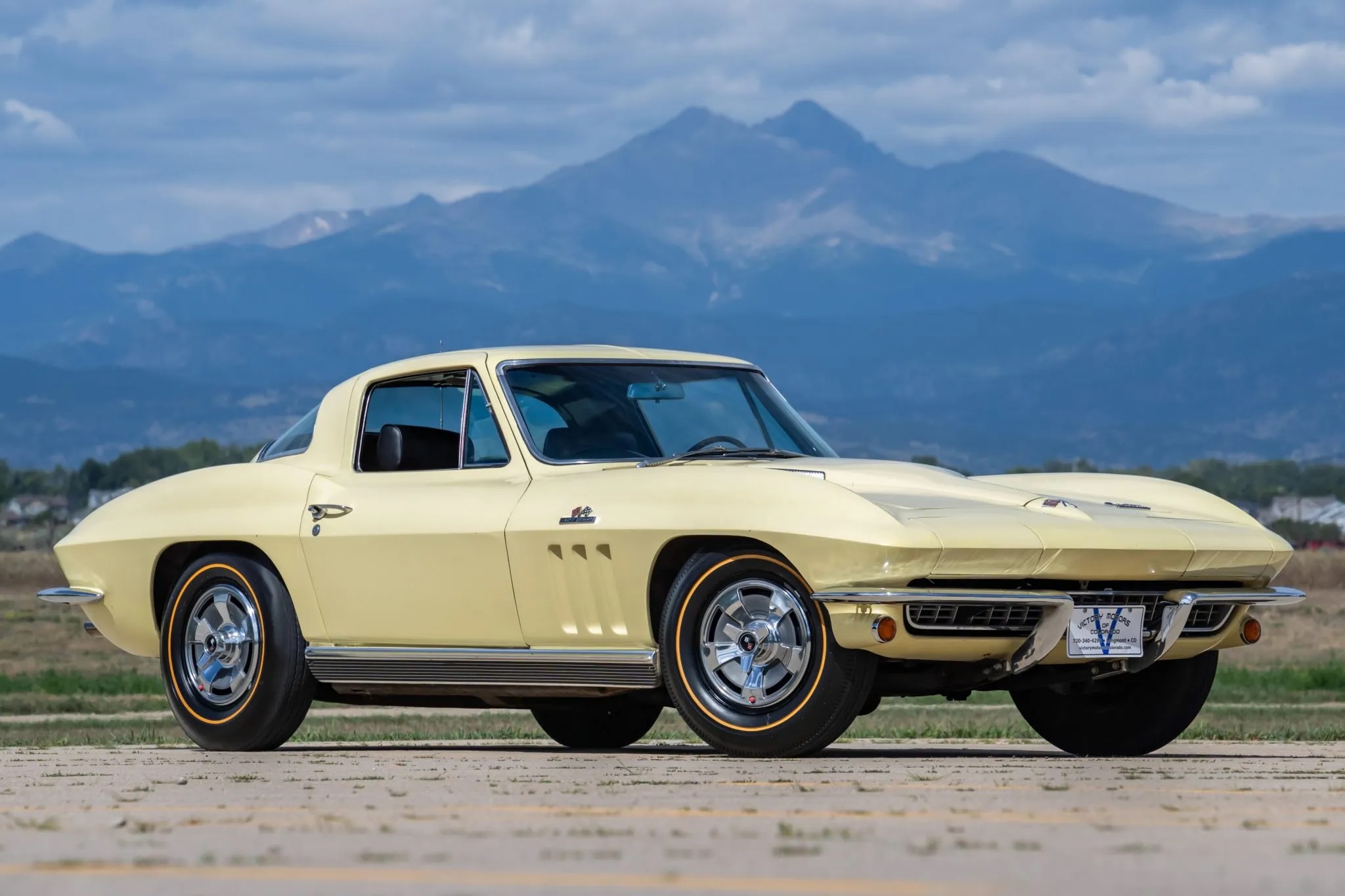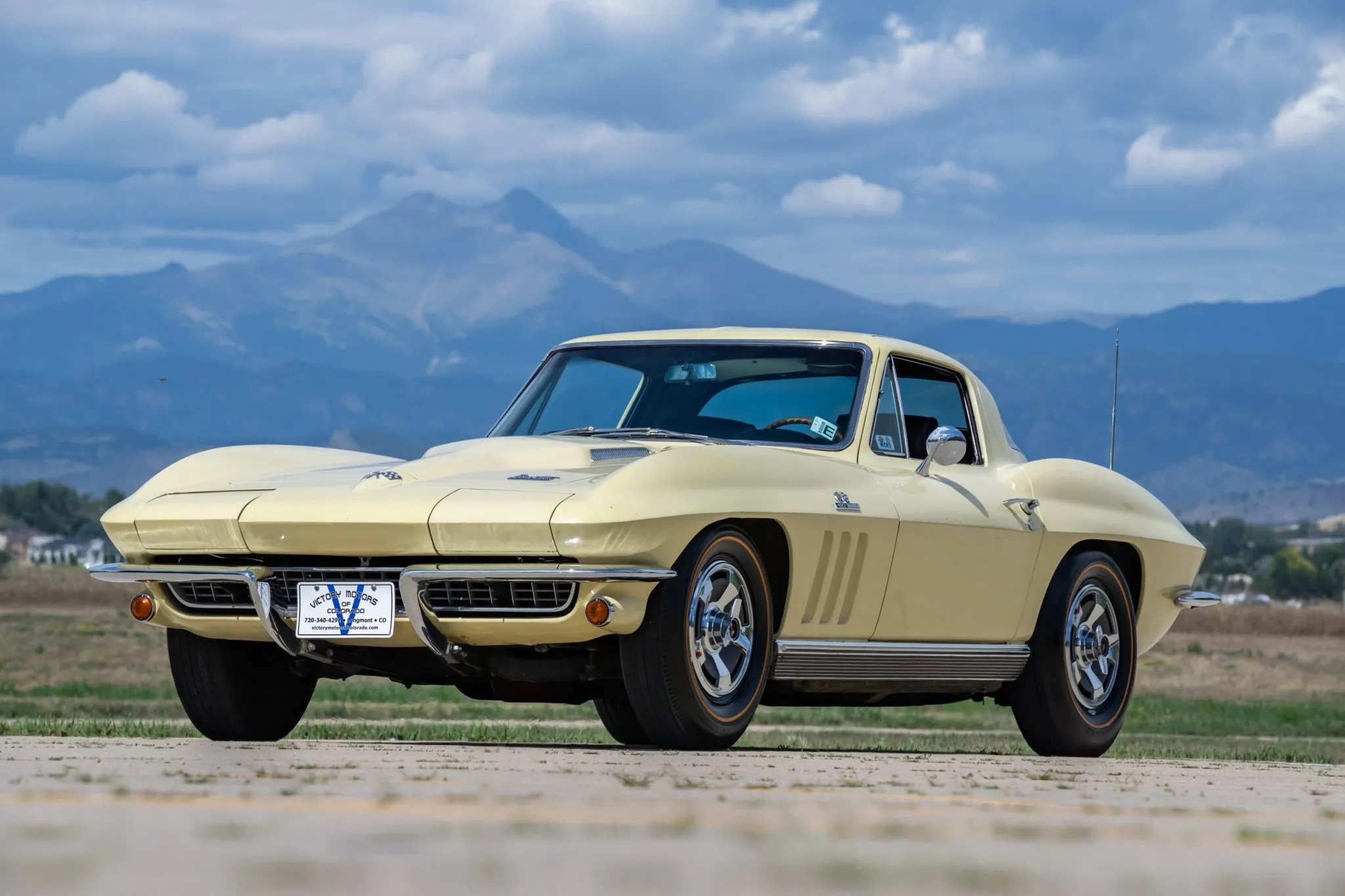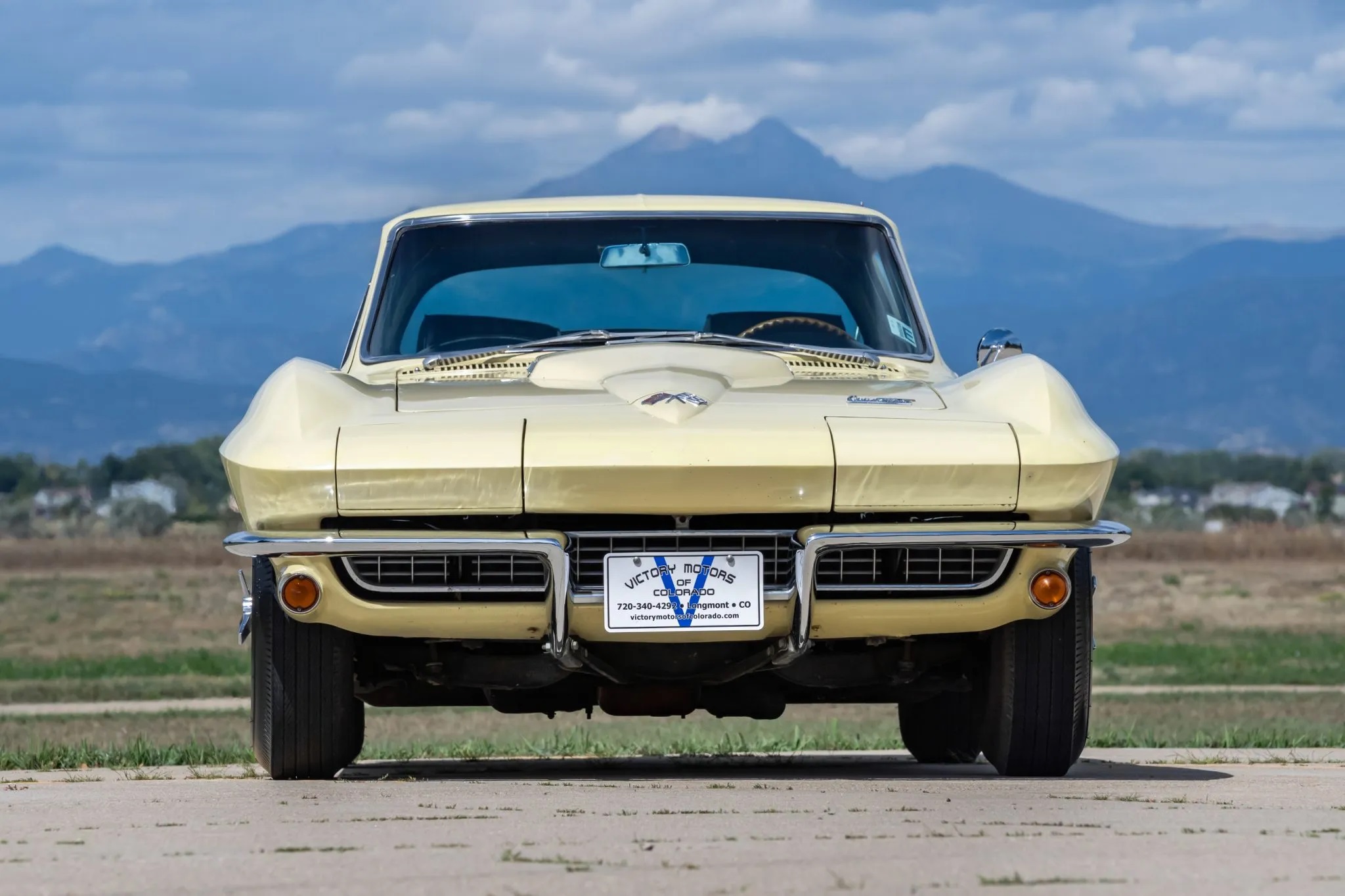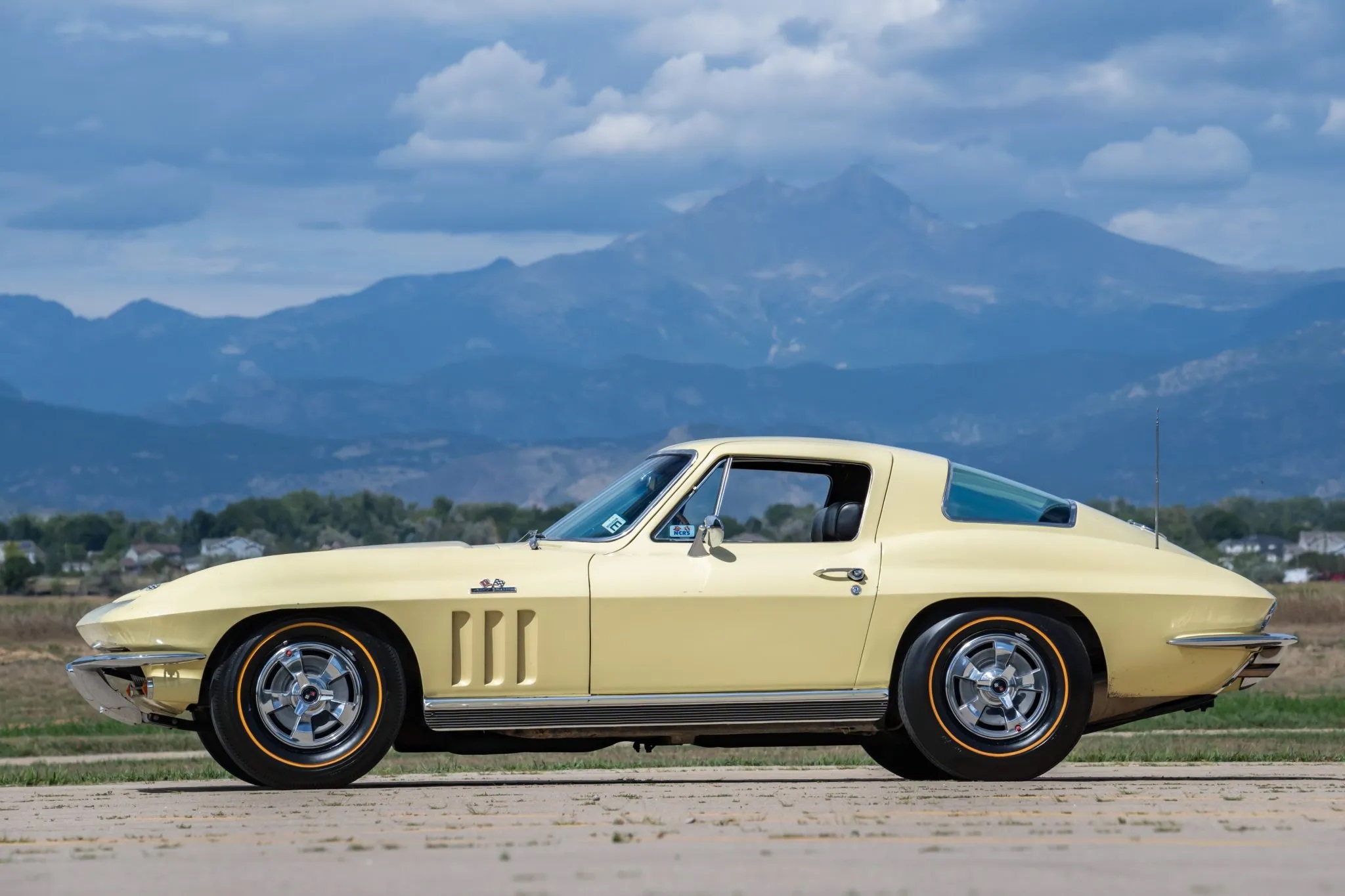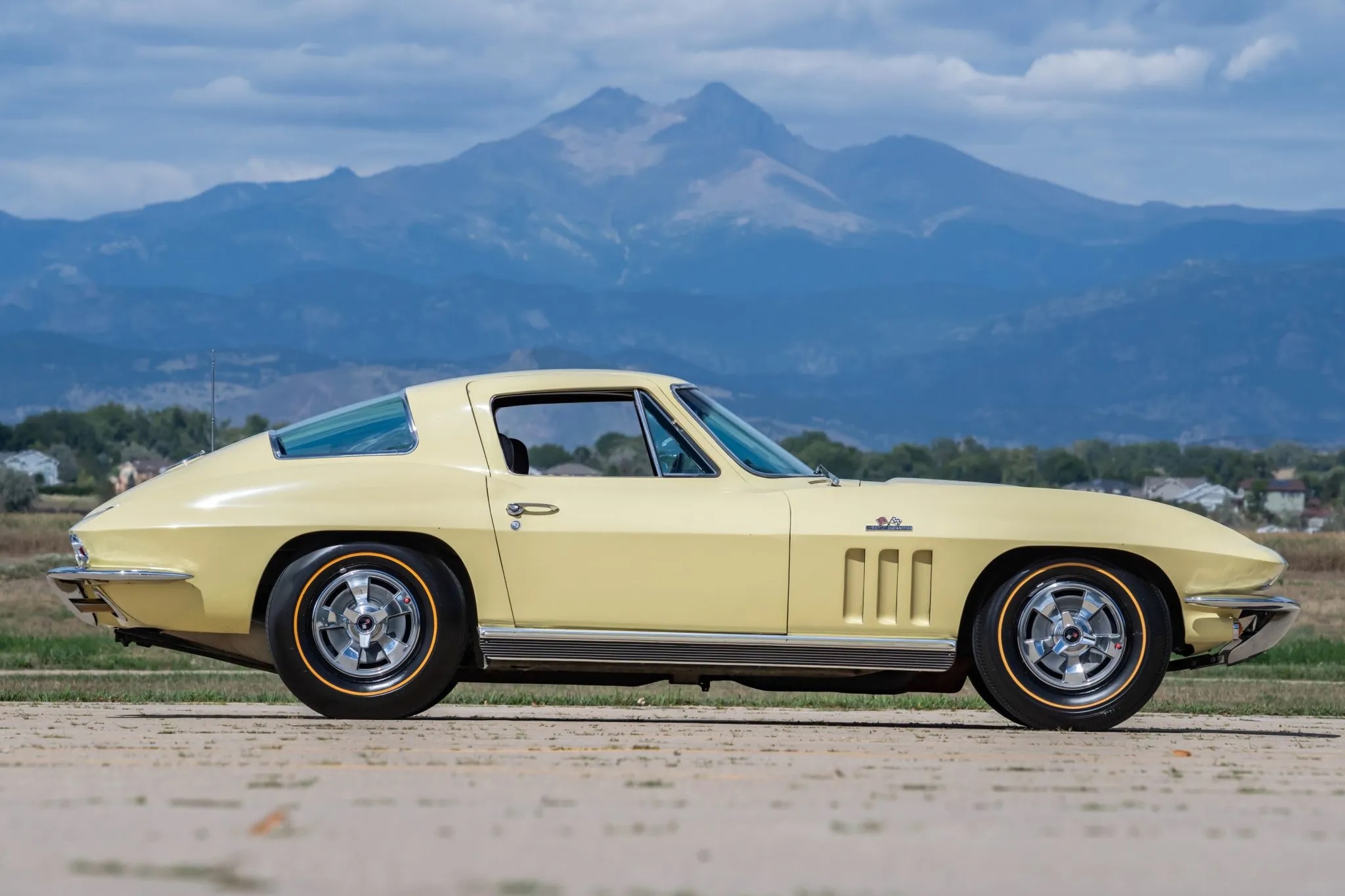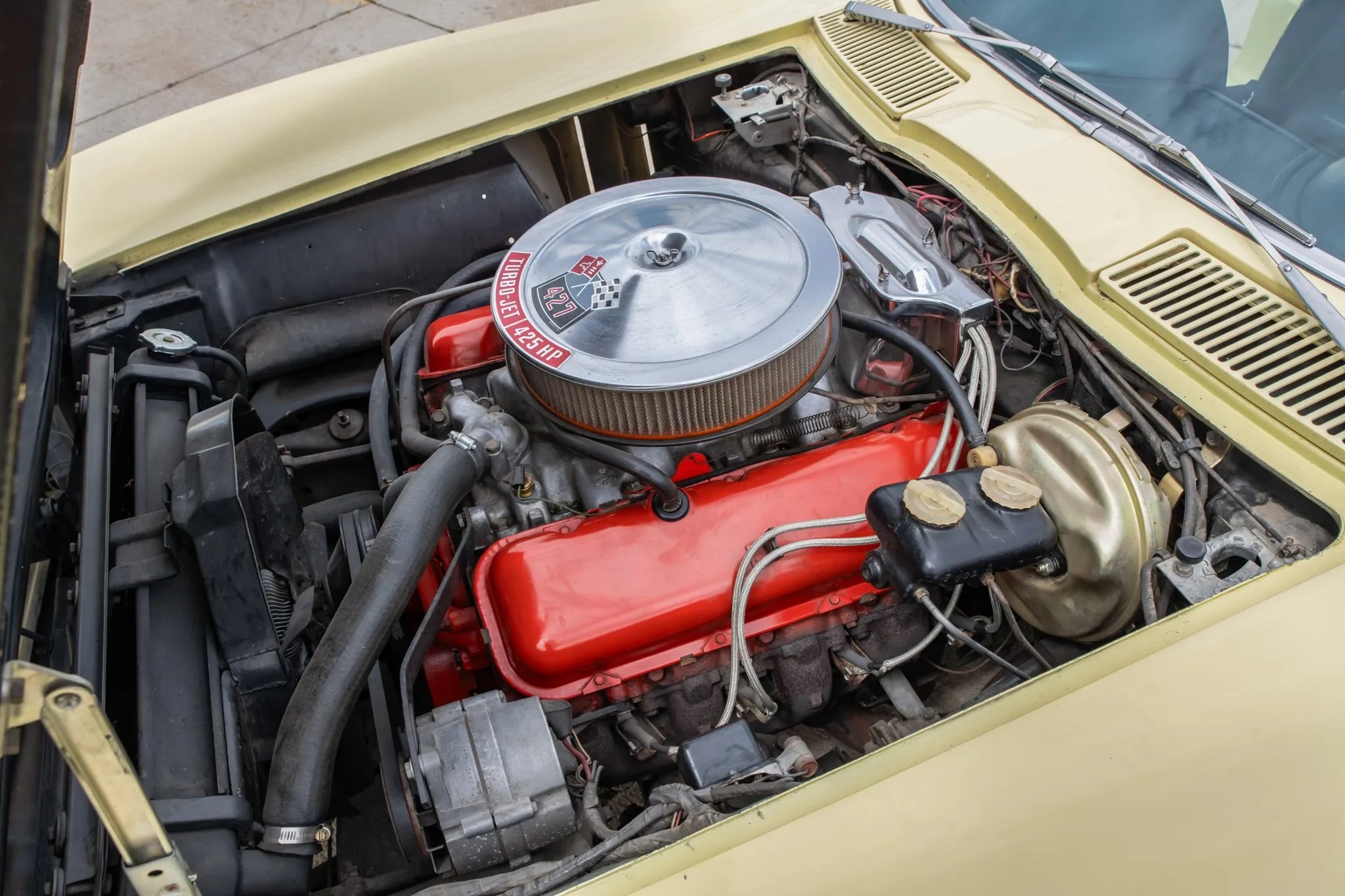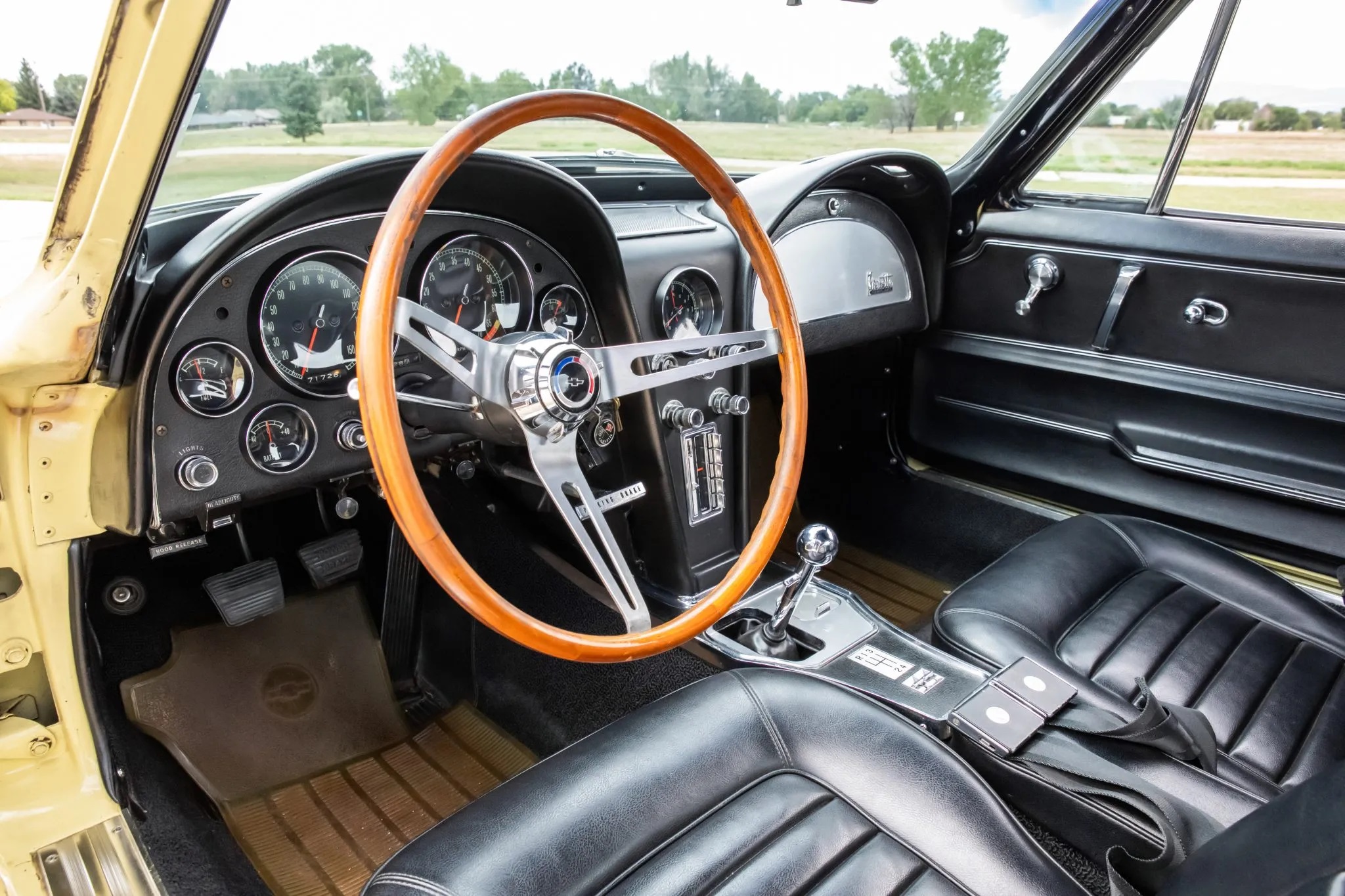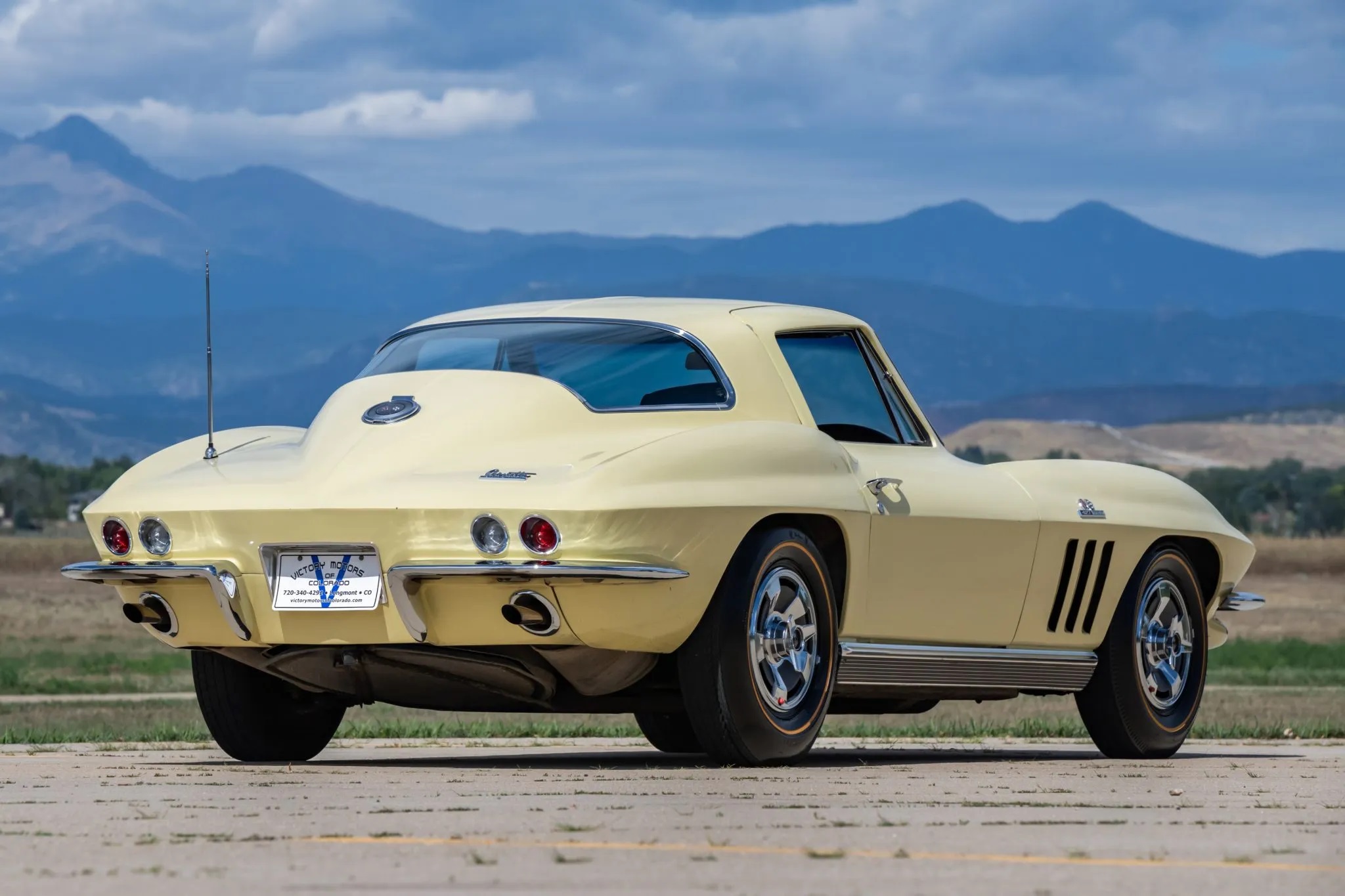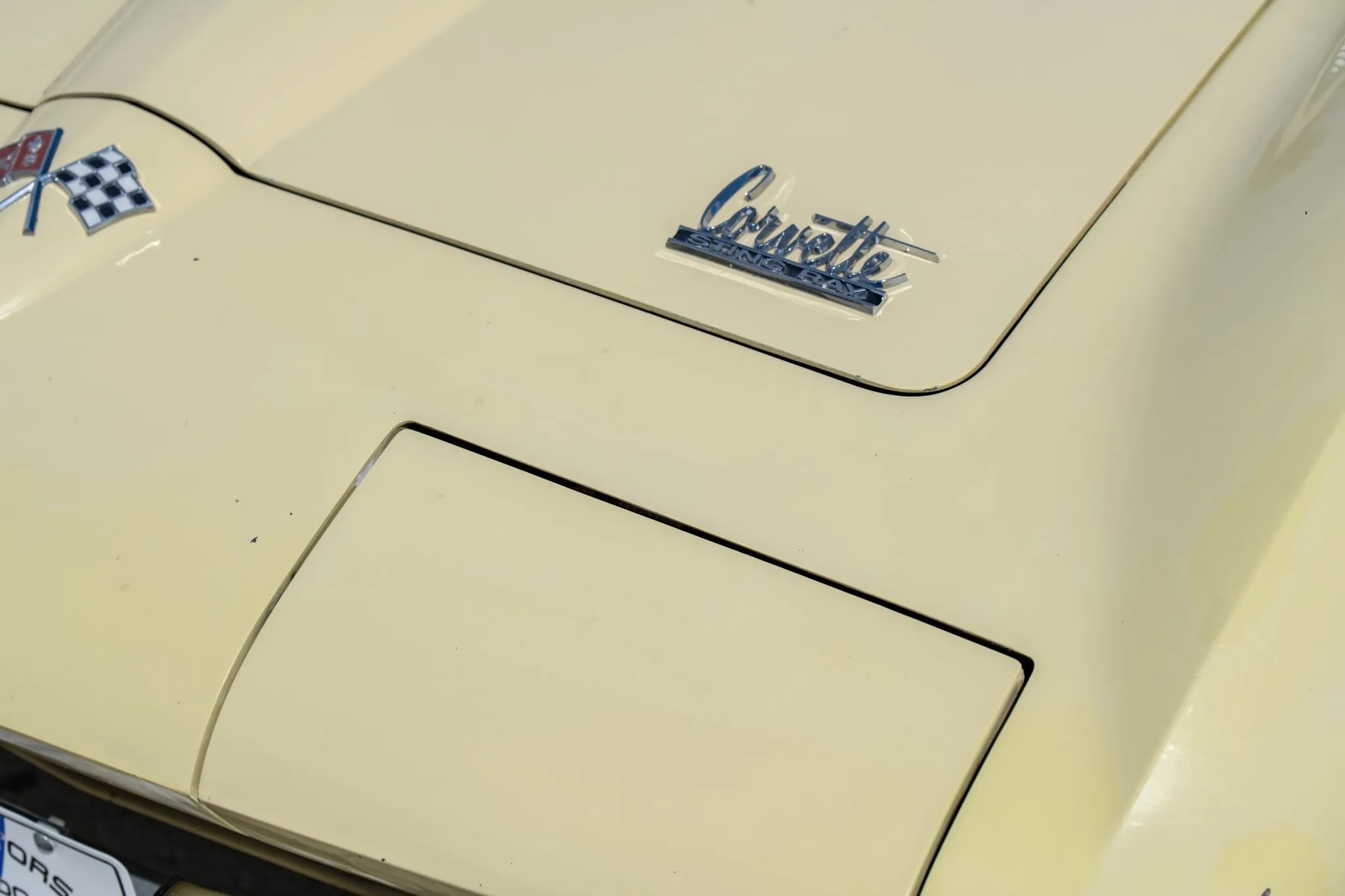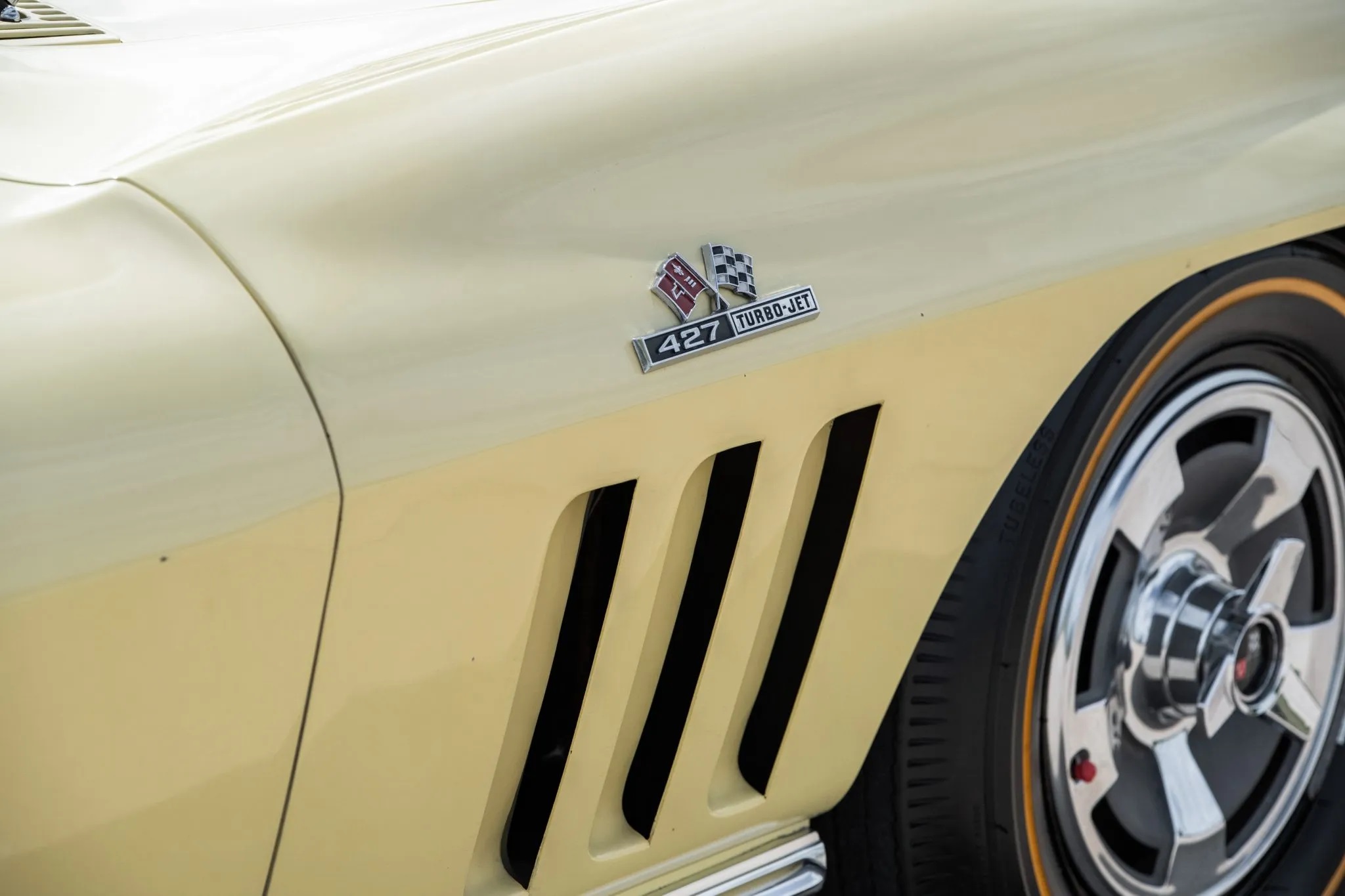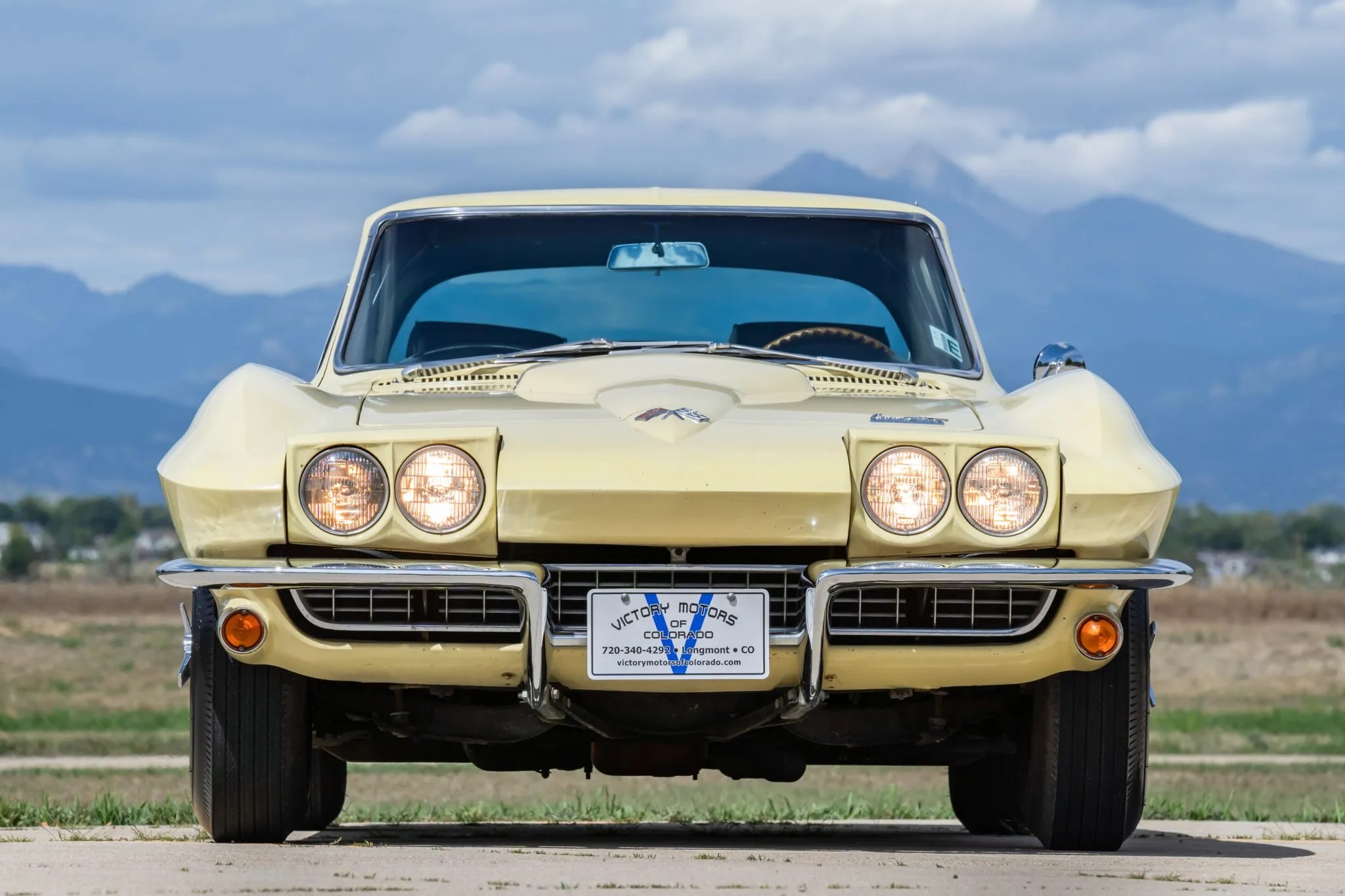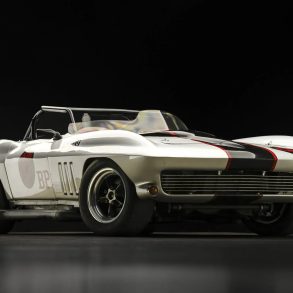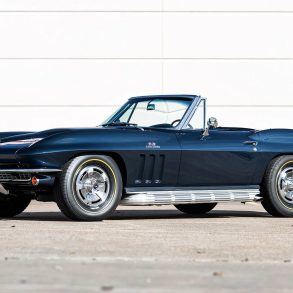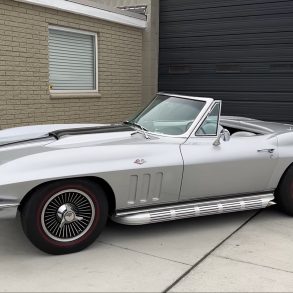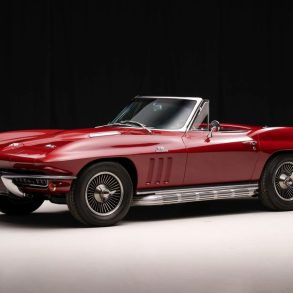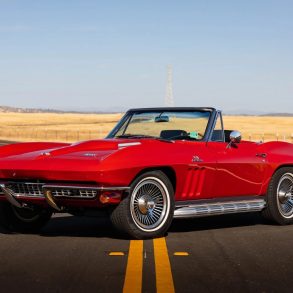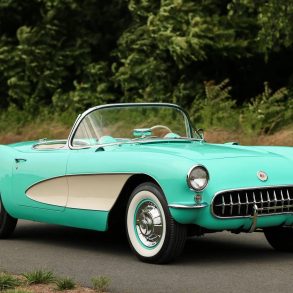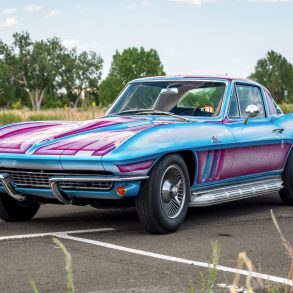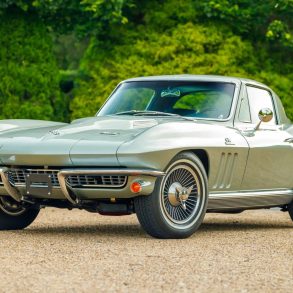In 1963, General Motors introduced the second-generation Corvette, showcasing a bold new design and a significantly improved chassis compared to earlier models from 1953 to 1962. The Corvette’s handling saw major improvements with a shortened wheelbase and the addition of an independent rear suspension, inspired by the CERV-I concept car.
Zora Arkus-Duntov and his team also gave the car a fresh, aerodynamic look. Designed by Larry Shinoda and Peter Brock under the guidance of Bill Mitchell, the Corvette Sting Ray featured wind tunnel-tested styling, with a sharp, aerodynamic nose, concealed headlights, and doors that flowed into the fastback roofline.
In 1965, the Corvette’s street and racing capabilities were further enhanced with the debut of Chevrolet’s Mark IV big-block engine, starting with the RPO L78 396 CI, rated at 425 HP. Developed by Chevrolet Engineer Dick Keinath, the Mark IV was influenced by the short-lived Z11 “Mystery Motor” 427, which had dominated NASCAR until it was banned in 1963.
By 1966, the engine was enlarged to 427 CI, offering two power options: the high-performance L72 with 425 HP and the milder L36 producing 390 HP, providing the Corvette with the power to compete against Carroll Shelby’s Cobra and Europe’s top contenders.
Photo Source: Bring A Trailer


